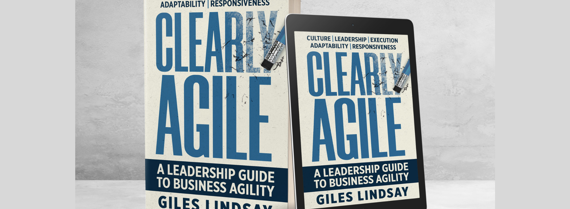
Photo by photoangel on Freepik
Depending who you ask, between 60 and 90% of tech startups fail in the first five years.
Why? In my experience, it’s because the prevailing mythology around startup success sends dedicated, talented founders entirely astray and squanders their energy and vision.
The standard wisdom in the tech startup world is that the best way to create a successful product is to take an idea, develop a minimum viable product (MVP), get it out to market as quickly as possible, get feedback and improve the product through iteration until product market fit is achieved. Sometimes this approach works. Most of the time it doesn’t.
What’s the problem?
The success of a startup hinges entirely on the fundamental product concept or idea and whether the market/customer wants or needs it. There is no point whatsoever in building an MVP for a product nobody has the slightest interest in. Too many founders spend years trying to squash a square peg into a round hole - adding features, changing designs, tweaking value propositions in the hopes that the longed-for product market fit will appear. Eventually, the money runs out and the company folds. Time, energy, motivation and good will have all been squandered.
What’s the solution?
In a word: research.
Using research to explore your idea, before anything is built, allows you to understand who you’re designing for and what they need. It opens up possibilities, allowing you to consider truly new and innovative solutions. Perhaps most importantly, it allows you to determine, quickly and cheaply, whether your idea actually has potential or not before any time or money is wasted on development. In many cases, it also highlights opportunities you hadn’t considered or even throws up a better, more marketable idea.
It allows you to fit your product directly to the needs of your customers, meaning you don’t have to convince them to buy, you just have to show them that you’ve delivered the thing they’ve been waiting for. It reveals who your competitors are and indicates what sort of business model might work. Essentially, it allows you to gather all the information you need to ensure your product is a success.
How to get started
Take our short quiz to help you to determine what research you need.
Watch our free webinar (below) to learn the skills you need to carry out some DIY design research.
Download your free copy of our practical step-by-step guide: How to Build a Successful Startup.



